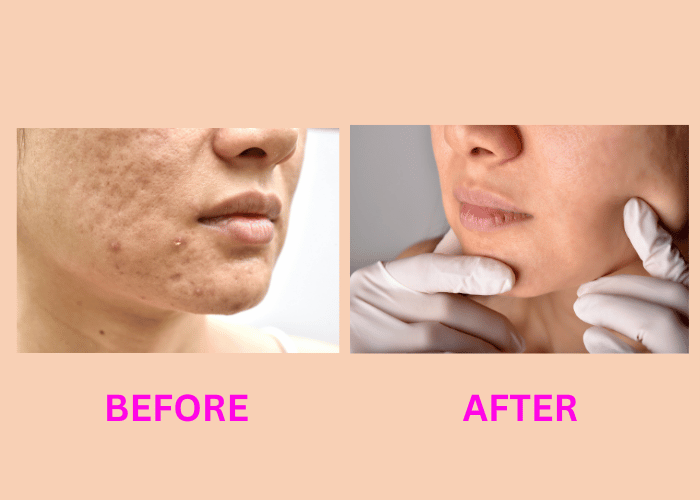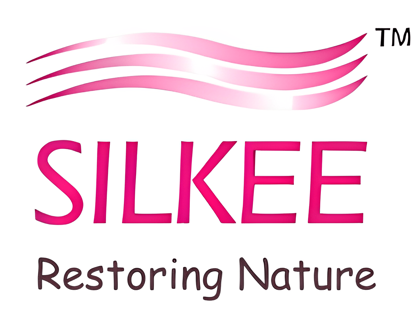
Acne scars on the face, chest, and back are very common. There are different types acne scars.
- Ice pick scars : This is the most common type.
- Rolling scars : This type of scar is wide and shallow
- Boxcar scars : They cause round or oval-shaped depression in the skin.
- Hypertropic scars : These are raised and firm scars.
- Keloid scars.
Treating acne scars can be challenging, but there are several effective methods available. The best treatment for you may depend on the type and severity of your scars, as well as your skin type. Here are some common treatments:
1. Topical Treatments
Retinoids : These can help in reducing scars and improving skin texture by promoting cell turnover.
Alpha Hydroxy Acids (AHAs) : These acids can help to exfoliate the skin, removing dead skin cells and reducing the appearance of scars.
Salicylic Acid : This can help unclog pores and reduce swelling and redness, making scars less noticeable.
2. Chemical Peels :
Light to Medium Peels : These peels use acids like glycolic acid or salicylic acid to remove the outer layer of the skin, which can help reduce the appearance of mild scars.
Deep Peels : For more severe scarring, deeper peels using stronger acids may be recommended.
3. Microneedling :
This procedure involves using fine needles to create tiny punctures in the skin, which stimulates collagen production and helps improve skin texture and appearance.
4. Laser Treatments :
Ablative Lasers : These lasers remove layers of the skin to help reduce deep scars.
Non-Ablative Lasers : These stimulate collagen production without removing the outer layer of skin, which can help improve skin texture and reduce scars.
5. Dermal Fillers :
Fillers can be injected into depressed scars to raise them to the level of the surrounding skin, providing a smoother appearance.
6. Subcision :
This minor surgical procedure involves inserting a needle under the skin to break up the fibrous tissue causing the scar, allowing the skin to rise and create a smoother appearance.
7. Punch Excision and Grafting :
This method involves cutting out the scar and then stitching the wound or filling it with a skin graft from another part of the body.
8. I L S [intra lesional steroids ] :
For raised scars (hypertrophic or keloid scars), steroid injections can help reduce inflammation and flatten the scar.
9. Home Remedies :
While not as effective as medical treatments, some people find improvement using natural remedies like aloe vera, honey, or coconut oil. However, these methods are generally more suitable for minor scarring.
Choosing the Right Treatment
Consulting with a Cosmetic surgeon is essential to determine the most suitable treatment for your specific type of acne scars. They can evaluate your skin type, the severity of the scars, and recommend a personalized treatment plan.
Aftercare and Preventiont
Regardless of the treatment method chosen, proper aftercare is crucial. This includes:
– Avoiding sun exposure and using sunscreen to protect the skin.
– Following the skin care, post-treatment.
– Keeping the skin clean and moisturized.
Preventing future acne breakouts is also important to avoid new scars. This can involve using appropriate skincare products, maintaining a healthy diet, and potentially using medications as prescribed by a healthcare provider.
Have Any Question?
Feel free to call, e-mail or WhatsApp us with any questions you have about our services or to schedule an appointment.
- (+91) 9444437698
- info@silkee.beauty
- (+91) 7200037698
